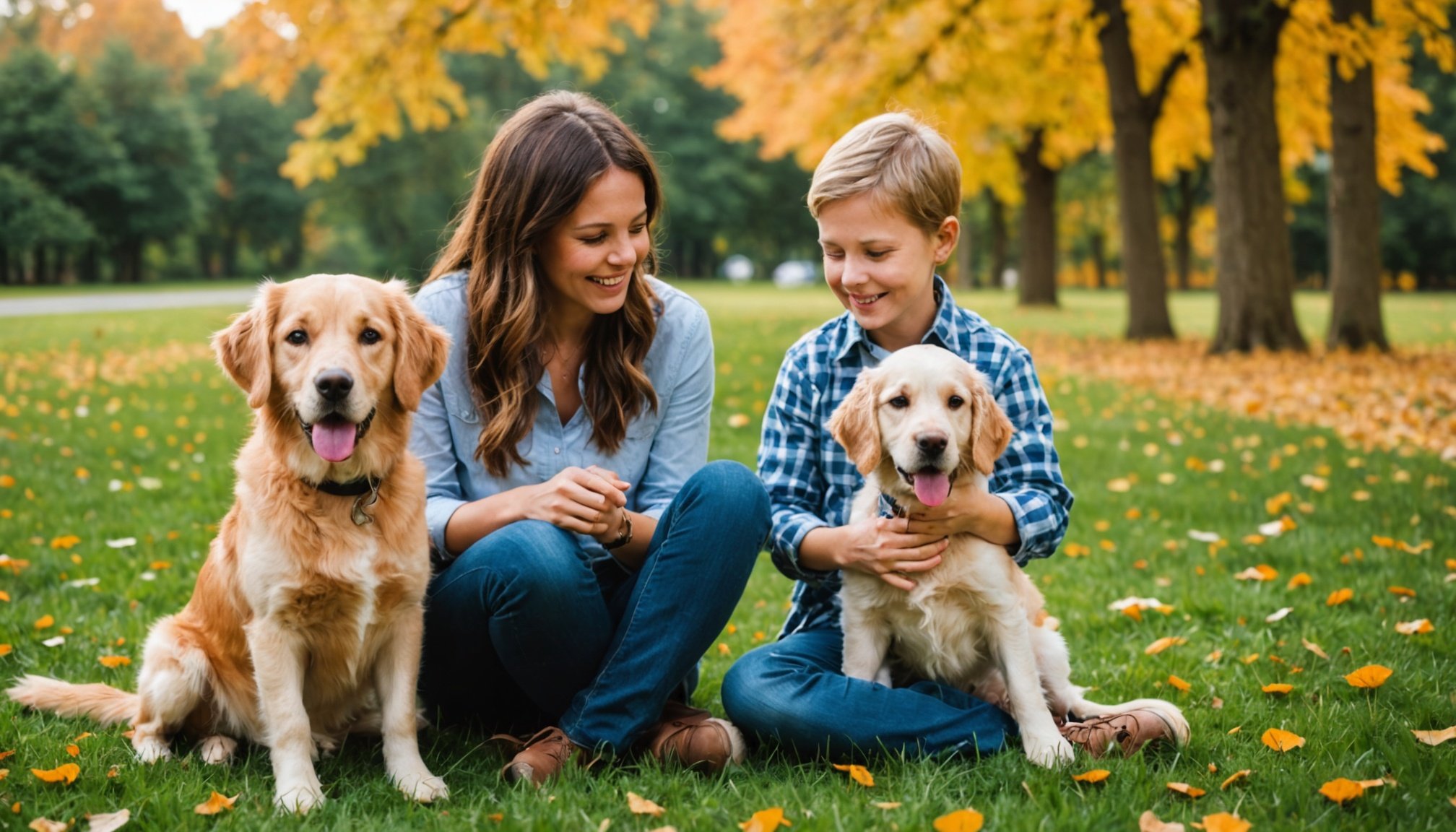When you decide to move or travel with your pets, ensuring their safety and comfort becomes a priority. Introducing your dog or cat to new environments requires a blend of patience, knowledge, and the right strategies. In this article, we delve into effective techniques for helping your furry friends navigate new spaces with ease. We will provide you with insights and tips to keep your pets calm and secure during these transitions. Let’s embark on this journey to create harmonious experiences for your beloved animals.
Understanding Your Pet’s Behavior
Pets, whether dogs or cats, are creatures of habit. They find comfort in familiarity and routine. However, change is inevitable, and understanding their behavior is the first step towards easing them into new environments.
Topic to read : Exciting enrichment strategies to keep your pet ferrets entertained and happy
Recognizing Stress Signals
Pets often exhibit signs of stress when faced with unfamiliar settings. Watch for behaviors like excessive barking, clinginess, or hesitation in your dog. Cats might retreat to hiding spots or become unusually vocal. Recognizing these signs helps you anticipate their needs and address their concerns with swift action.
Behavioral Strategies
Maintaining a sense of normalcy is vital. Try to keep your pet’s feeding and walking schedules consistent. A structured routine will provide them with reassurance that despite the change in environment, their day-to-day life remains predictable.
This might interest you : Navigating the risks of dog walking around farm animals in the english countryside
Communication is Key
Establishing clear and positive communication with your pets can help reduce anxiety. Use familiar commands, soothing tones, and positive reinforcement to encourage them to explore new settings confidently. Remember, your calm demeanor will help set the tone for their experience.
Preparing for the Transition
Preparation is crucial when introducing your pets to different environments. By taking proactive steps, you can make the moving process smoother and less stressful for your furry companions.
Assessing the New Environment
Before making the move, evaluate the new space from a pet’s perspective. Look for areas where they can roam freely and places where they might feel secure. Ensure that the environment is safe from potential hazards like loose cables or toxic plants.
Creating a Familiar Space
Bring along your pet’s favorite toys, beds, and blankets. These items carry the scent of home, providing comfort and familiarity. Set up a dedicated area in the new environment where they can retreat and feel safe. This will give them a sense of ownership and belonging.
Gradual Introductions
Whenever possible, introduce your pets to new environments gradually. If it’s a new home, allow them to explore one room at a time. Overwhelming them with too much space can increase anxiety. Slowly increase their territory as they become more adjusted.
Ensuring Safety During the Move
The actual process of moving can be chaotic, and ensuring your pets’ safety during this phase is paramount. Here are some practical steps to undertake.
Secure Transportation
When transporting your dog or cat, ensure they are safely secured in a carrier or seatbelt harness. This not only keeps them safe but also prevents them from becoming anxious due to unexpected movements. For dogs, using a leash can offer added control during travels.
Minimizing Stress
To help reduce stress, keep entertainment handy. Portable pet toys, treats, or even soothing music can provide distraction and comfort during transportation. In addition, try to maintain a calm demeanor as pets often pick up on human emotions.
Professional Help
Consider hiring professional pet movers for long-distance relocations. They are equipped to handle pets safely and have the expertise to navigate unforeseen situations. This can relieve you of some of the burden and ensure your pets remain safe during the transition.
Settling into a New Environment
Once you’ve reached your new location, the next step is helping your pets settle comfortably. Establishing a routine and creating a welcoming environment will aid this process.
Establishing Boundaries
Pets thrive on structure, so it’s essential to set clear boundaries in the new environment. Teach your dog or cat which areas are off-limits and where they are free to explore. This knowledge helps reduce anxiety and prevents confusion.
Creating Comfort Zones
Designate specific areas where your pets can eat, sleep, and play. Having a “home base” can give them a sense of security and attachment to the new environment. Ensure these zones are accessible and comfortable for your pets.
Encouraging Socialization
If you’re moving into a community with other pets or people, gradual socialization can help your furry friends adjust. Arrange for controlled interactions with other animals or people to make sure they feel comfortable and secure.
Introducing your pet to new environments is a journey that requires patience, understanding, and preparation. By recognizing their behaviors, preparing thoroughly, and offering support, your feline or canine companions can transition smoothly into new surroundings. Remember, each dog and cat is unique, and what works for one might not work for another. Continuously observe and adapt your strategies to suit their individual needs. With these steps, you can ensure that your pets not only move safely but also thrive in their new homes. Keep these insights close, and embark on a journey of exploration and calm transitions with your beloved pets.















